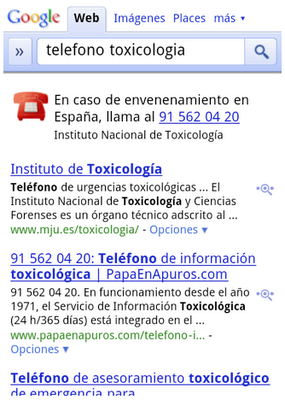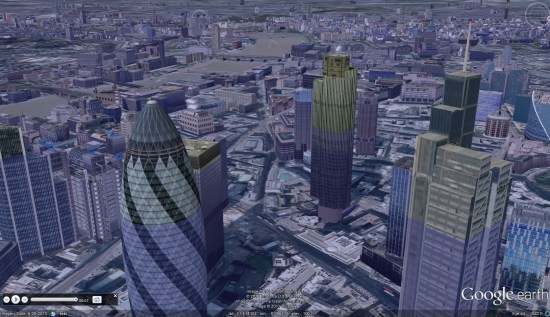In November 2010, we began displaying relevant emergency phone numbers at the top of the results page for searches around poison control, suicide and other common emergencies in 14 countries. Today, we are making it even easier for you to quickly reach the help you may need by adding click-to-call capabilities for all of these emergency information search results.
We piggybacked on the way that our mobile ads team enabled click-to-call phone numbers in local ads on mobile devices. This capability enables businesses to make it even easier for customers to reach them when those customers search on Internet-enabled mobile devices. The functionality seemed ideal for the emergency information feature.
Previously, mobile users in one of these countries who conducted searches around poison control, suicide and common emergency numbers received a result showing the relevant emergency phone number.
People on mobile will now get the same result, but the phone number will be a link that allows you to dial the number instantly, just by clicking the link.

Now, the poison control result in Spain is click-to-call on a mobile phone
We hope this addition is a small step that helps connect people with crucial information that they need immediately.
![]()
 Making it even better is all of the additional 3D buildings that have been added to London this year, making things look much more realistic and helping to show the depth of the water.
Making it even better is all of the additional 3D buildings that have been added to London this year, making things look much more realistic and helping to show the depth of the water.


